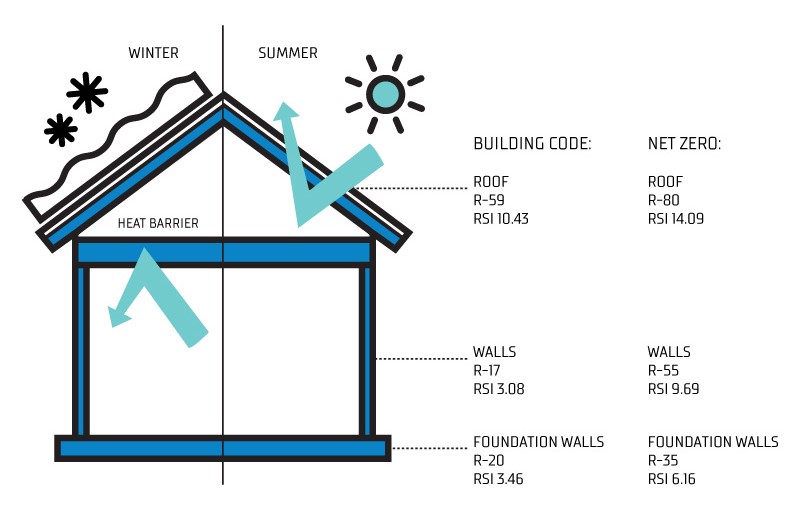

Relying on these employees can lead to poor workmanship and installation of building envelope components that don’t comply with manufacturer specifications. During times of labor shortages, contractors often must rely on inexperienced, unsupervised, and untrained employees to work on projects. Poor Workmanship – a Common Cause of Envelope FailureĮnvelope failures due to poor workmanship grow during periods of skilled labor shortages. For example, metal can fatigue, sealant adhesion can degrade, and laminated glass can delaminate.īuilding envelope systems may also fail if subcontractors minimize costs by reducing the number, size, and weight of the number of different components vital to the structural integrity of a building. Contractors must inspect all building products before using to prevent envelope failure. Material Problems Can Cause a Building Envelope System to Failīuilding envelopes can fail when materials don’t achieve the published performance levels, often as a result of errors in the manufacturing, storing, or handling of the materials or components within the product. Contractors that coordinate and consult with the expert parties involved in the project considerably lessen the chances of building envelope failure.
#BUILDING ENVELOPE EXPERT PROFESSIONAL#
The whole-building system approach mandates that every building professional on the team understands all aspects that affect the building’s envelope. Not Applying the Whole-Building Approach to Design and Building

Unfortunately, the aesthetic design choices architects and designers make sometimes don’t provide adequate performance criteria for structural capacity, thermal movement, or water-resistance. Design Defects Can Lead to Building Envelope System FailureĪ tight building envelope system requires precise design-build engineering expertise that includes a continuous air barrier and sealing of all joints and breaks.

What are the Main Reasons a Building Envelope System Fails?ġ.

A building envelope system can fail for many reasons, though all produce the same results – a less energy-efficient, moisture-resistant, durable, and comfortable structure.


 0 kommentar(er)
0 kommentar(er)
